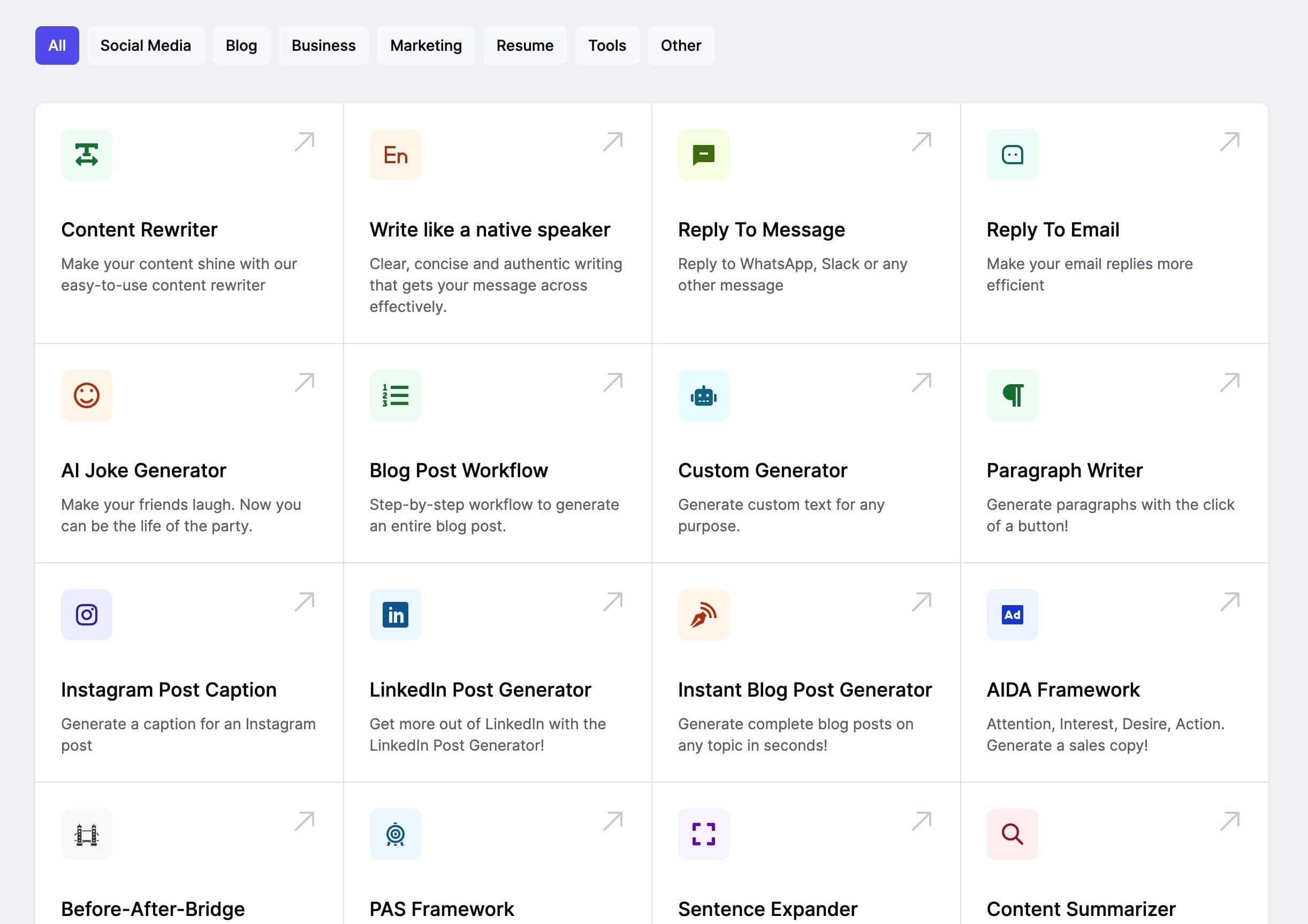Suppose that in a small town, the market for cement had five companies with market shares 0.3, 0.2, 0.2, 0.2, and 0.1. The following year, a new firm entered but the leading firm increased its share. Now the shares are 0.5, 0.1, 0.1, 0.1, 0.1, and 0.1. Did the market become more competitive or less competitive?
Economics Solver
Solve economics problems step-by-step with clear explanations. Upload a photo of your economics question or type it in, and get instant, accurate solutions. Ideal for students and professionals needing help with microeconomics, macroeconomics, graphs, and calculations.
Harness AI to dramatically speed up your content creation
Our AI-powered tool can generate high-quality, tailored content in seconds, not hours. Boost your productivity and focus on what really matters.
Use Cases
Discover how this template can be used in various scenarios
Economics Students
Solving microeconomics and macroeconomics problems, graphs, and calculations for assignments and exams.
Teachers and Professors
Explaining economic concepts and problem-solving methods in lectures or tutorials.
Business Professionals
Analyzing supply and demand, market equilibrium, and economic scenarios for business decisions.
Policy Analysts
Evaluating economic models and outcomes for research or policy recommendations.
Lifelong Learners
Exploring economic concepts and practicing problem-solving for personal interest or test prep.
How to use the Economics Solver
Economics Solver Templates & Examples
Frequently asked questions
Check out these other templatesSee all →
Easily solve math problems step-by-step with detailed explanations. Upload a photo of your math question or type it in, and get instant, clear solutions. Perfect for students and anyone needing fast, accurate math help.
Solve accounting problems step-by-step with clear explanations. Upload a photo of your accounting question or type it in, and get instant, accurate solutions. Ideal for students and professionals needing help with accounting concepts, calculations, and journal entries.
Solve statistics problems step-by-step with clear explanations. Upload a photo of your statistics question or type it in, and get instant, accurate solutions. Ideal for students and professionals needing help with statistics concepts, calculations, and data analysis.
Clear, concise and authentic writing that gets your message across effectively.
Generate creative and engaging text for any purpose with our AI-powered text generator
Create Faster With AI.
Try it Risk-Free.
Stop wasting time and start creating high-quality content immediately with power of generative AI.
